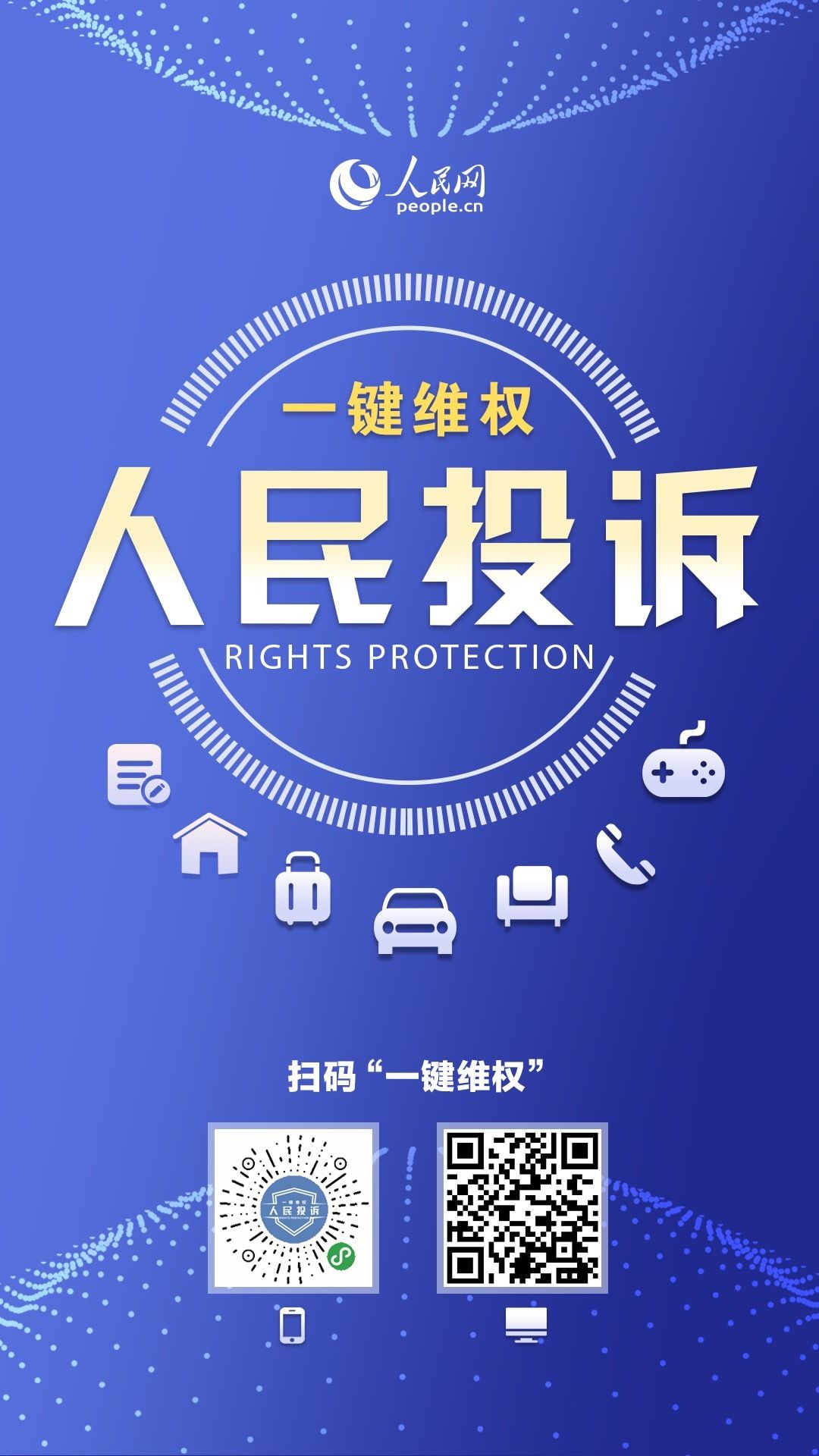Summer is the best time for children and adolescents to perform vision correction and eye care. Many students want to do corrective surgery during the holidays, and some businesses seize the opportunity to launch a variety of myopia treatment products. On the People’s Complaint Platform, many parents who have used “vision protection products” left messages saying that they were “pitted” by the false and exaggerated propaganda of the merchants. So, can eye care stickers, eye creams, eye care instruments, acupoint massage instruments and other products really restore vision, reduce degrees, and cure true myopia as advertised by businesses? If accidentally deceived, how should consumers protect their rights?
Recently, in a series of interviews in the “Consumer Insights” column launched by People’s Daily Online and China Consumers Association, around the theme of correcting eyesight for children, what kind of money did you spend? Netizen questions are answered.
Vision training is unscientific
Recently, some institutions take advantage of parents’ fear of “wearing glasses and they can’t take them off”, and have introduced some training therapies to prevent children with myopia from wearing glasses. vision. Is there any scientific basis for this approach?
In this regard, Zhai Changbin, director of the Refractive Surgery Center of Beijing Tongren Hospital Affiliated to Capital Medical University, made it clear that many methods are unscientific. When the pseudo-myopia is about to change to the true myopia, that is, when the child is just about to develop mild myopia and the pseudo-myopia is mostly composed, the eyesight can be improved by dilating the pupils, but this is not achieved through training.
Zhai Changbin analyzed that if the child’s eyes have developed true myopia, basically the degree of myopia will gradually increase. Big data analysis shows that the vast majority of people begin to develop myopia in the late primary school, rapidly aggravate in the middle school stage, and gradually stabilize in the high school stage. This is the basic law of the occurrence of myopia in most children. Therefore, once the child has true myopia, it is basically impossible not to progress, and it is impossible to take off the glasses.
“Many parents think that wearing glasses will deepen the degree of myopia, which is wrong. Whether wearing glasses or not, the degree of myopia will deepen. Wearing appropriate glasses with accurate degrees will delay the progress of children’s myopia.” Zhai Changbin emphasized that if The child is short-sighted and must go to a regular hospital for medical optometry. If myopia is only caused by a refractive error, then the most common method is to wear spectacles.
“Considering that children may change frame glasses every year due to the increase in prescription, frame glasses are convenient, flexible, and inexpensive, and are the lowest cost correction method. Contact lenses are relatively expensive, and may cause other problems at the same time. Therefore, for children and adolescents, frame glasses are the best choice.” Zhai Changbin said.
Claiming compensation is difficult
If the training is carried out according to the above method, and myopia does not decrease but increases, can consumers apply for a certain amount of compensation in addition to requesting a refund?
Li Bin, a member of the China Consumers Association lawyer group and a lawyer from Beijing Zhongwen Law Firm, said that if the operator promises to pass certain training to improve the eyesight of consumers, and use this as the content of the contract, but the effect of the promise has not been realized. The operator constitutes a breach of contract. Liability for breach of contract is a strict liability, and there is no need to consider whether the operator is at fault. As long as the operator fails to perform the obligations stipulated in the contract and fails to meet the promised vision improvement standard, it constitutes a breach of contract.
At the same time, Li Bin said that the problem is how to measure the amount of loss, which is a very difficult problem. Is it the amount for a pair of glasses with a higher prescription, or is there any additional loss?
Li Bin analyzed, because whether it is the liability for breach of contract or the liability for tort, there must be a clear quantitative standard for damages, whether the damage is caused by the breach of contract by the other party, or the damage caused by the tort of the other party. There must be a causal relationship between the two. In practice, for consumers, there is a causal relationship between the training provided by the operator and the deepening of their own eyesight, and the degree of deepening can be measured by a certain amount of money, which is more difficult.
“Therefore, it is most fundamental to believe in science and doctors, and go to a regular hospital for optometry. Once the consequences of deepening myopia occur, it may be difficult to make up for it.” Li Bin said.
